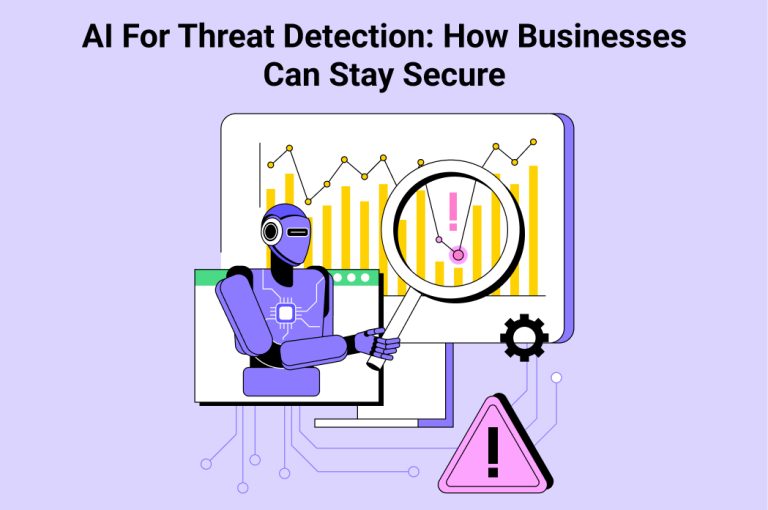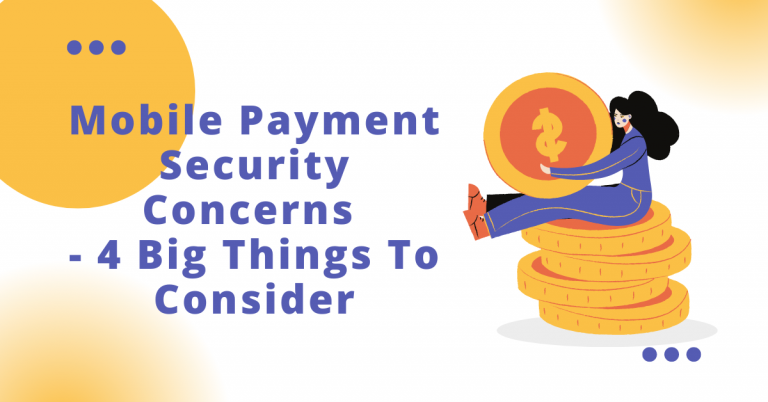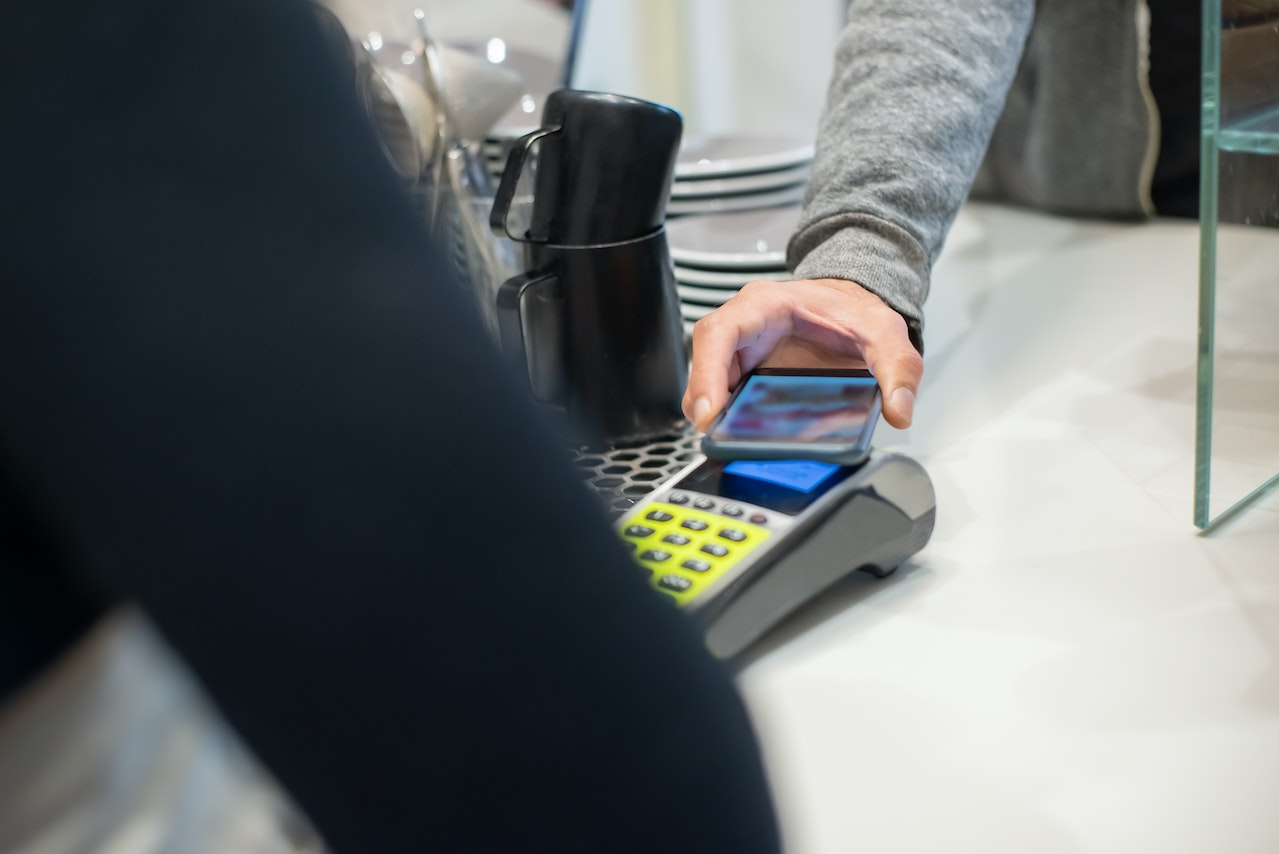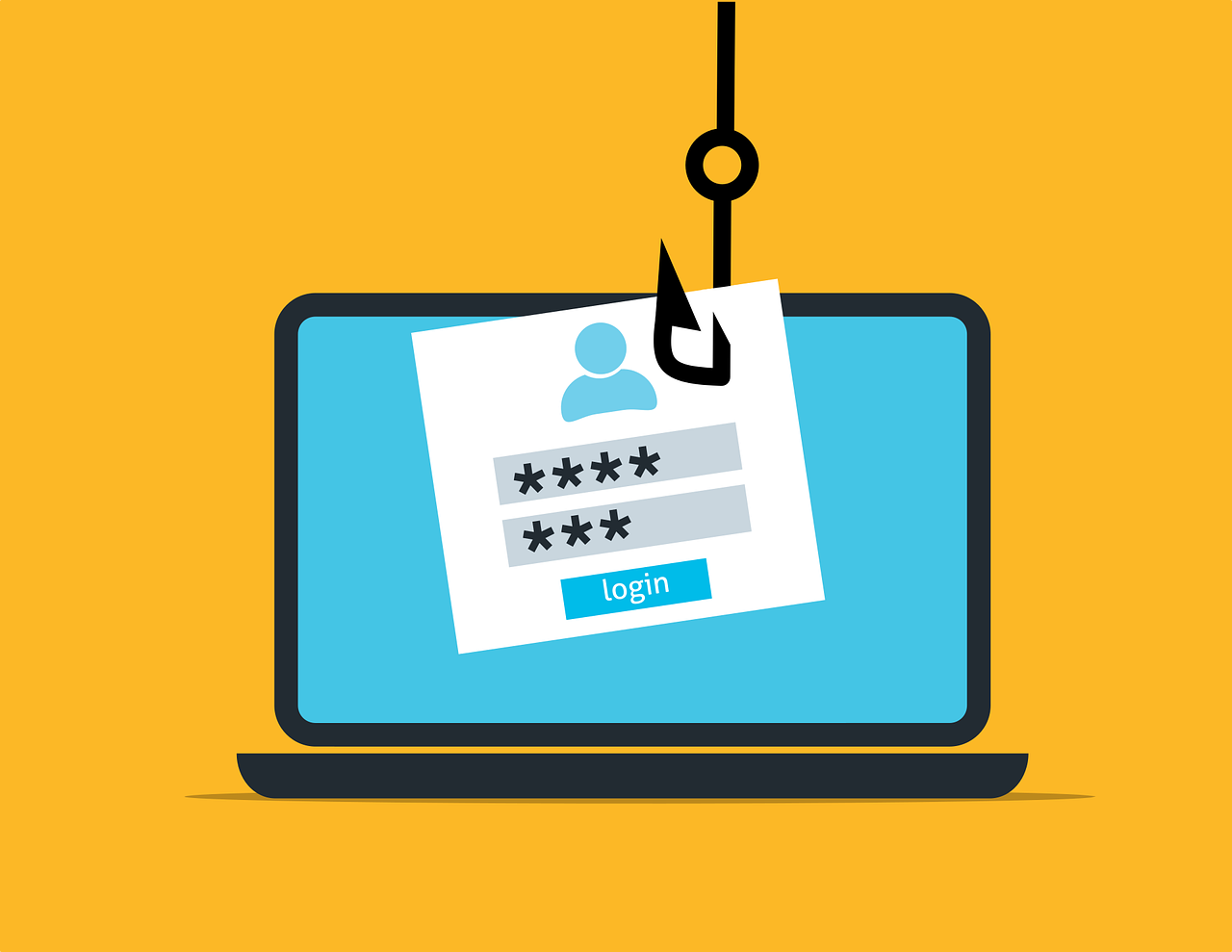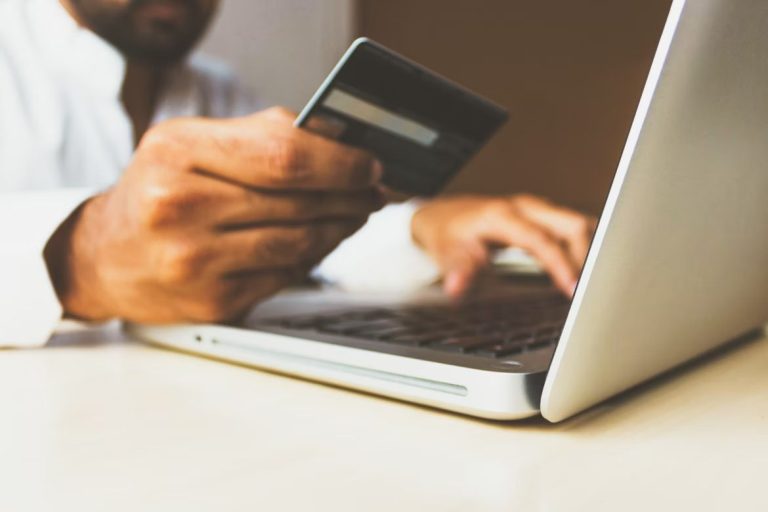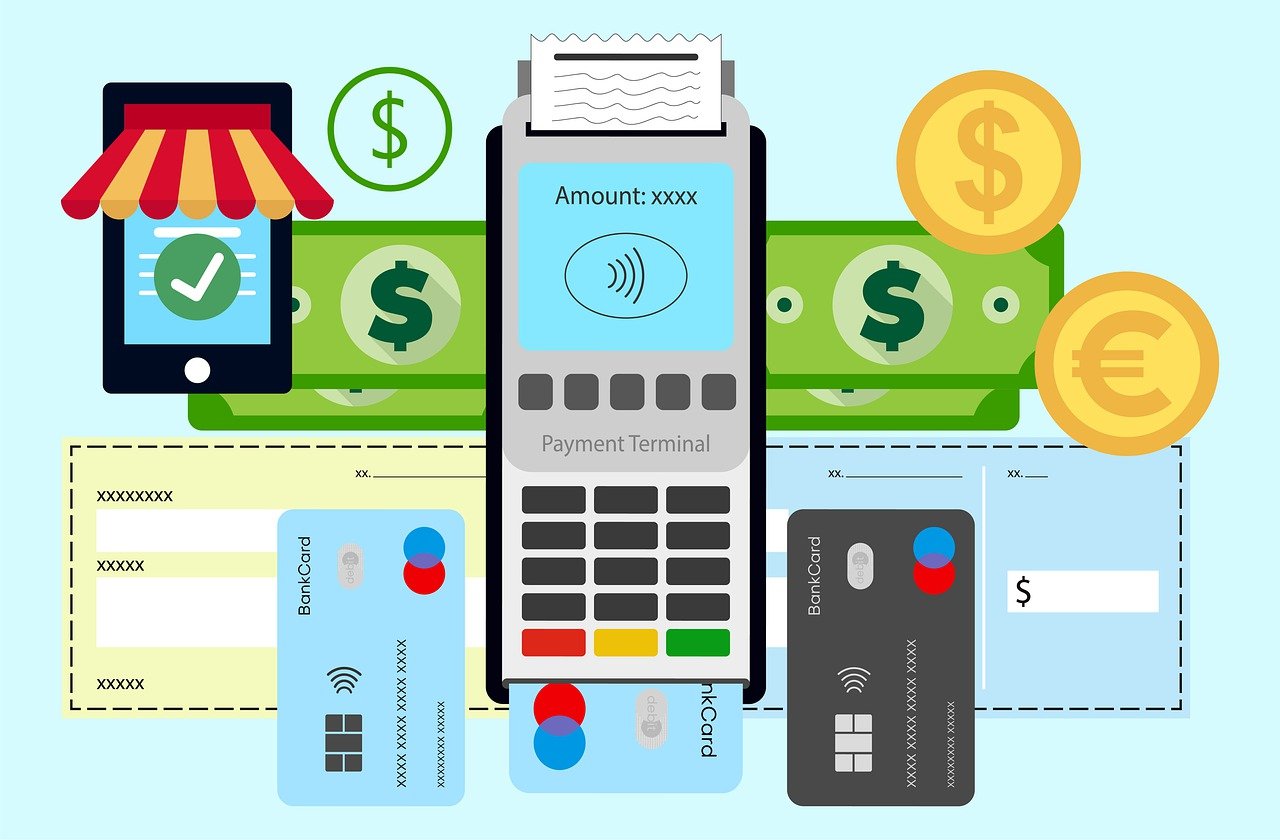Forget scrolling through endless text! AudiBrow offers a unique way to experience news by transforming written articles and blog posts into audio notes, allowing you to listen to your favorite content instead of reading it.
The platform transforms written news content/articles (in DOCX or TXT format) into audio notes (in MP3 format).
Featured contents are obtained directly from prominent cable channels and blogs, while readers are afforded the opportunity of reading such news (in their original format) or listening to it (as voice notes).
Additionally, there is timely coverage of global events, which are brought to the fore as they unfold. Hence, you can stay up-to-date with the latest news as it is released, while going about your normal chores.
Table of Contents
What is AudiBrow?
AudiBrow is a podcast-style web browser designed to transform written content into audio experiences. It allows you to listen to news articles, blog posts, and other text-based content instead of reading them.
This makes it a unique tool for people who prefer audio consumption, are visually impaired, or simply want to multitask while staying informed.
Here’s a summary of its key features:
- Text-to-speech conversion: AudiBrow utilizes AI to convert written content into natural-sounding audio, emulating the voice of news anchors.
- Curated content: Access news from various sources across categories like sports, business, politics, and technology.
- Offline listening: Download content for later listening when you’re offline.
- Privacy-focused: Blocks tracking scripts and ads to protect your data.
- Lightweight and efficient: Uses less data and battery than traditional browsers.
- Multiple formats: You can still read content in its original format if you prefer.
Benefits
- Multitasking: Stay informed while doing other activities.
- Accessibility: Ideal for visually impaired individuals or audio learners.
- Time-saving: Listen to content instead of spending time reading.
- Variety: Explore diverse topics and sources in one place.
Who is it for?
- Busy individuals who want to stay informed on the go.
- Visual learners who prefer audio content.
- Multitaskers who want to accomplish tasks while staying current.
- Privacy-conscious users who value secure browsing.
Is AudiBrow right for you?
If you’re looking for a novel and convenient way to stay informed, AudiBrow might be worth trying. However, keep in mind:
- Limited platform: Currently available only for iPhone/iPad users.
- New technology: The text-to-speech experience may not be perfect for all content.
- Limited features: Lacks some functionalities of traditional browsers.
Current Status
- The last publicly available information dates back to news articles and press releases about AudiBrow, which were published in late 2022 and early 2023. There haven’t been any recent official updates from the developers, BigEngage Inc.
- App Store availability: AudiBrow doesn’t appear listed on the App Store, indicating it’s not officially available for download.
Possible Scenarios
- Limited availability: AudiBrow may still be in a closed beta testing phase, accessible only to a select group of users through invite-only programs like Apple TestFlight.
- Discontinued: The lack of recent updates and absence from the App Store could suggest the project has been discontinued.
Recommendations
- Contact developers: Try reaching out to BigEngage Inc. through their website or social media channels to inquire about the current status of AudiBrow.
- Alternative solutions: If you’re interested in audio-based news consumption, explore alternative options like:
- Podcast platforms with news-focused channels (e.g., NPR, BBC News, The Economist)
- News apps with text-to-speech functionality (e.g., Apple News, Google News)
- Platforms like YouTube or Vimeo with news channels and documentaries
AudiBrow: Frequently Asked Questions
What is online privacy?
Online privacy refers to the protection of your personal information, browsing habits, and digital communications from unauthorized access or tracking while you use the internet. It ensures that your data remains confidential and under your control.
Why is online privacy important?
Online privacy is crucial because it safeguards sensitive information like passwords, financial details, and personal identifiers. Protecting your privacy helps prevent identity theft, cyberattacks, and unwanted tracking by advertisers or third parties.
How can I protect my online privacy while browsing?
You can protect your privacy by using secure browsers, enabling private browsing modes, blocking tracking cookies, regularly updating your software, and avoiding suspicious websites. Tools like VPNs and privacy-focused browsers can also enhance security.
What is a VPN, and do I need one?
A Virtual Private Network (VPN) encrypts your internet connection, hiding your IP address and online activities from hackers and third parties. Using a VPN is recommended, especially on public Wi-Fi, to maintain privacy and prevent tracking.
How do cookies affect my online privacy?
Cookies are small data files stored on your device by websites. While some cookies improve user experience, others track browsing behavior for advertising purposes. Regularly clearing cookies or using browsers that block third-party cookies can protect your privacy.
Are public Wi-Fi networks safe for private browsing?
Public Wi-Fi networks are often unsecured, making it easy for hackers to intercept your data. Always use a VPN and avoid accessing sensitive accounts or making online payments on public networks to maintain online privacy.
What are some privacy-focused browsers I can use?
Privacy-focused browsers, like Tor Browser, Brave, and DuckDuckGo, block trackers, ads, and scripts that collect personal data. These browsers also minimize your digital footprint while providing a safer browsing experience.
How does social media impact online privacy?
Social media platforms collect extensive data, including location, interests, and connections. Limiting the sharing of information, adjusting privacy settings, and being cautious about app permissions can help reduce exposure and protect your data.
Can mobile apps compromise my privacy?
Yes, mobile apps can access contacts, location, and other personal information. To protect privacy, review app permissions, install apps from trusted sources, and update them regularly to fix security vulnerabilities.
What are the signs my online privacy might be compromised?
Signs include unexpected emails or messages, suspicious account activity, unauthorized purchases, slow device performance, or targeted ads following your browsing habits. Monitoring accounts and using security tools can help detect and prevent breaches.
A Final Word
Overall, AudiBrow offers a unique and innovative way to consume news and other text-based content. If you’re interested in trying a new approach, it’s worth exploring.
Note: This was originally published in September 2019 and has since been updated.
INTERESTING POSTS
- Browser Compartmentalization: How To Compartmentalize Your Web Browsers
- 54 Best Cybersecurity Podcasts For Technology Adepts!
- Ultimate List Of The Best VPN Blogs [2023 LIST]
- 4 Top Music Streaming Services In The World
- Ultimate List Of The Best Antivirus Blogs [MUST READ]
- Free VPN vs Premium VPN – Which one should I go for?
- 5 Industries That DevOps Is Transforming






